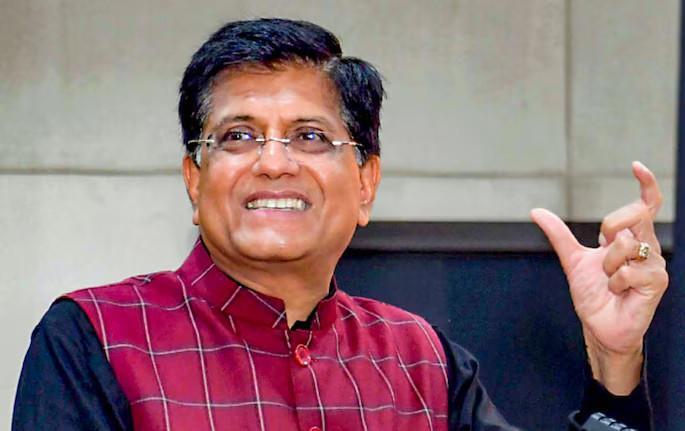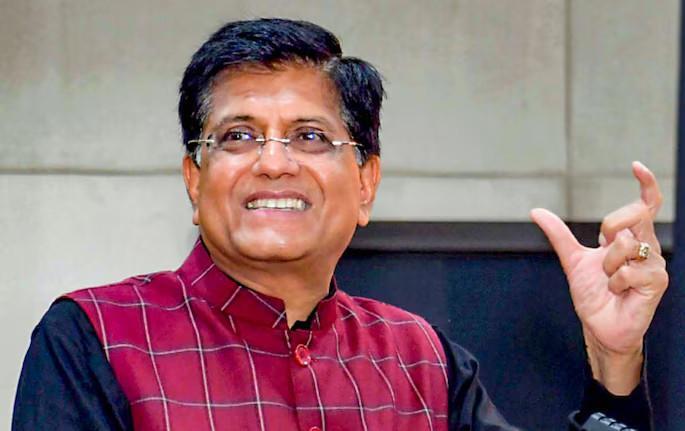
India’s Digital Growth vs User Access Gaps: A Tale of Two Worlds
India is often touted as a digital powerhouse, with a thriving startup ecosystem and a growing e-commerce sector. The country’s digital economy has been growing at a rapid pace, with India being the third-largest digital economy in the world, according to a report by the Indian Council for Research on International Economic Relations (ICRIER) and the Centre for Internet and Society (CIDE). However, despite this impressive growth, India ranks a lowly 28th among 32 countries in terms of user access, according to the same report.
This stark contrast highlights the glaring gaps in user access to digital technology in India. While the country has made significant strides in terms of telecom penetration, a staggering 40% of the population lacks access to the internet, and an even higher 50% do not use smartphones. This raises serious concerns about the country’s broadband infrastructure and long-term digital resilience.
The report’s findings are a wake-up call for policymakers, industry leaders, and all stakeholders involved in India’s digital journey. It is essential to understand the root causes of these gaps and develop strategies to bridge them. In this blog post, we will delve deeper into the report’s findings and explore the implications of India’s digital growth vs user access gaps.
India’s Telecom Penetration: A Mixed Bag
India has made significant progress in terms of telecom penetration. The country has one of the highest mobile phone penetration rates in the world, with over 80% of the population using a mobile phone. However, this impressive statistic masks significant disparities in access to mobile phones and internet services.
According to the report, while 80% of the population has access to a mobile phone, only 60% of these users have access to the internet. This means that a significant chunk of mobile phone users rely on feature phones or basic mobile phones that do not support internet access. This highlights the need for more affordable and accessible internet-enabled mobile phones.
Smarter Phones, Smaller User Base
The report also highlights that while 50% of the population does not use smartphones, a significant proportion of those who do use smartphones are not using them to access the internet. This is a cause for concern, as smartphones are the primary devices for accessing the internet in India.
The lack of smartphone adoption is a major hurdle in bridging the digital divide. Smartphones are essential for accessing online services, including e-commerce, education, and healthcare. The lack of smartphone adoption means that many Indians are unable to fully participate in the digital economy and reap its benefits.
Infrastructure and Accessibility: A Major Challenge
The report highlights the need for improved infrastructure and accessibility to bridge the digital divide. The country’s broadband infrastructure is still evolving, and many areas lack reliable and high-speed internet connectivity.
The report notes that many Indians rely on mobile internet, which is often slower and more expensive than fixed-line internet. This raises concerns about the long-term sustainability of India’s digital growth, as mobile internet is not a viable solution for heavy internet users.
The report also highlights the importance of improving internet accessibility in rural areas. Many rural areas lack reliable internet connectivity, making it difficult for people to access online services. This is a major challenge, as rural areas are home to a significant proportion of India’s population.
The Digital Divide: A Threat to India’s Digital Growth
The digital divide is a significant threat to India’s digital growth. The lack of access to digital technology and online services is a major obstacle to economic development, education, and healthcare.
The report notes that the digital divide is not just an issue of access, but also of affordability. Many Indians cannot afford the high costs of internet-enabled devices and services, making it difficult for them to participate in the digital economy.
The digital divide also has serious social and economic implications. It can exacerbate existing social and economic inequalities, making it difficult for marginalized communities to access basic services and opportunities.
Conclusion
India’s digital growth vs user access gaps is a complex issue that requires a comprehensive approach. The report’s findings highlight the need for improved infrastructure, accessibility, and affordability to bridge the digital divide.
Policymakers, industry leaders, and all stakeholders must work together to develop strategies that address the root causes of this issue. This includes investing in infrastructure, improving accessibility, and promoting affordability.
India’s digital growth is a significant achievement, but it is only the beginning. To fully realize the benefits of digital technology, the country must prioritize user access and bridge the gaps in digital inclusion.
Sources:






